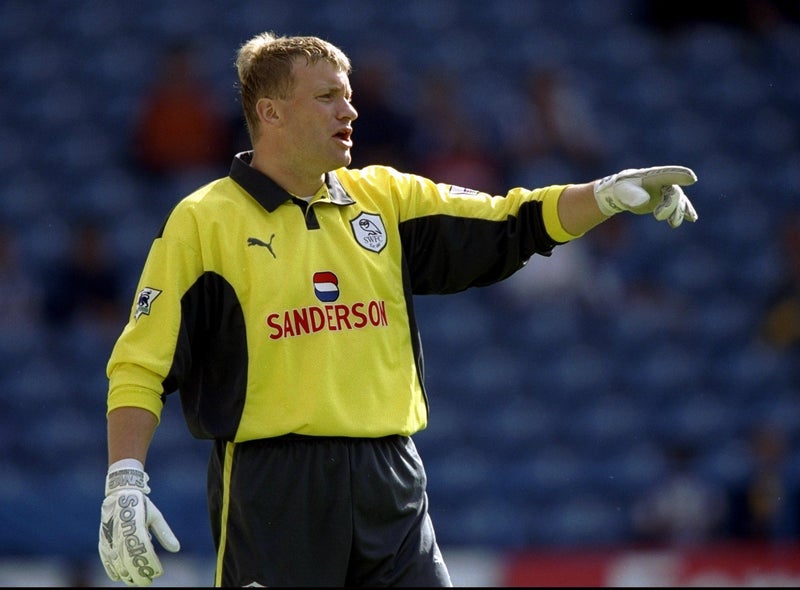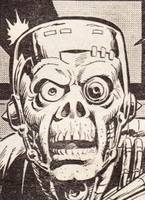- Welcome to Cook'd and Bomb'd.
-
 Beautiful movie themes (completely...
by jobotic
Beautiful movie themes (completely...
by jobotic
[Today at 08:54:29 PM] -
 Snooker 23/24
by Blue Jam
Snooker 23/24
by Blue Jam
[Today at 08:52:37 PM] -
 Black Jeans?
by dissolute ocelot
Black Jeans?
by dissolute ocelot
[Today at 08:51:14 PM] -
 GC Rowling's Icky Bog Adventures,...
by Mister Six
GC Rowling's Icky Bog Adventures,...
by Mister Six
[Today at 08:50:37 PM] -
 The Travails of Labour - The...
by BlodwynPig
The Travails of Labour - The...
by BlodwynPig
[Today at 08:49:22 PM] -
 "B*lt my hat's arse!"...
by jamiefairlie
"B*lt my hat's arse!"...
by jamiefairlie
[Today at 08:48:18 PM] -
 Football Thread 23-24: Part...
by Kankurette
Football Thread 23-24: Part...
by Kankurette
[Today at 08:45:26 PM] -
 School liars
by touchingcloth
School liars
by touchingcloth
[Today at 08:45:14 PM] -
 Comedy That's Changed Your...
by Brundle-Fly
Comedy That's Changed Your...
by Brundle-Fly
[Today at 08:44:21 PM] -
 Jimmy Carr's new Netflix special....
by frajer
Jimmy Carr's new Netflix special....
by frajer
[Today at 08:43:21 PM]
Members
 Total Members: 17,818
Total Members: 17,818 Latest: JesusHCorbett
Latest: JesusHCorbett
Stats
 Total Posts: 5,576,201
Total Posts: 5,576,201 Total Topics: 106,643
Total Topics: 106,643 Online Today: 750
Online Today: 750 Online Ever: 3,311
Online Ever: 3,311- (July 08, 2021, 03:14:41 AM)
Users Online
 Users: 111
Users: 111 Guests: 550
Guests: 550 Total: 661
Total: 661 non capisco
non capisco Thosworth
Thosworth SpiderChrist
SpiderChrist Butchers Blind
Butchers Blind Kenkun
Kenkun curiousoranges
curiousoranges Better Midlands
Better Midlands Sad Ken
Sad Ken BlodwynPig
BlodwynPig jobotic
jobotic Ruben Remus
Ruben Remus Utter Shit
Utter Shit Underturd
Underturd Midas
Midas There Be Rumblings
There Be Rumblings Video Game Fan 2000
Video Game Fan 2000 sevendaughters
sevendaughters sevenism
sevenism Zetetic
Zetetic Gambrinus
Gambrinus Solid Jim
Solid Jim Chairman Yang
Chairman Yang thevoola
thevoola big egg
big egg Kankurette
Kankurette mrsleepy321
mrsleepy321 Jimmy the Harp
Jimmy the Harp TommyTurnips
TommyTurnips fucking ponderous
fucking ponderous batwings
batwings Quote
Quote dissolute ocelot
dissolute ocelot druss
druss The Always Red Society
The Always Red Society pmousse
pmousse frajer
frajer Mr Vegetables
Mr Vegetables mealy potatoes
mealy potatoes burst_arm
burst_arm jamiefairlie
jamiefairlie Mister Six
Mister Six shoulders
shoulders JesusAndYourBush
JesusAndYourBush RDRR
RDRR Lordofthefiles
Lordofthefiles chutnut
chutnut Red Lantern
Red Lantern lazyhour
lazyhour Stoneage Dinosaurs
Stoneage Dinosaurs McDead
McDead BritishHobo
BritishHobo Dr M1nx PhD
Dr M1nx PhD Wentworth Smith
Wentworth Smith Duckula
Duckula Mobius
Mobius RicoMNKN
RicoMNKN Catalogue Trousers
Catalogue Trousers Zero Gravitas
Zero Gravitas Theotherside
Theotherside Mobbd
Mobbd Psybro
Psybro pancreas
pancreas Tiggles
Tiggles buntyman
buntyman Stone Cold Steve Austin
Stone Cold Steve Austin Juan K Perros
Juan K Perros Mirr0rs
Mirr0rs Twilkes
Twilkes Brundle-Fly
Brundle-Fly drummersaredeaf
drummersaredeaf iamcoop
iamcoop ropeadope
ropeadope Voltan (Man of Steel)
Voltan (Man of Steel) Egyptian Feast
Egyptian Feast Nibbsy
Nibbsy dontrunyoullfall
dontrunyoullfall daf
daf L. Bizarglow
L. Bizarglow Blumf
Blumf Poobum
Poobum White Dog Poo
White Dog Poo Mx Wrongs
Mx Wrongs Speak
Speak fink
finkTopic: Top of the Pops on BBC Four - Thread Two.
Started by Dr Rock, August 26, 2018, 02:21:41 PM
Previous topic - Next topic
User actions

